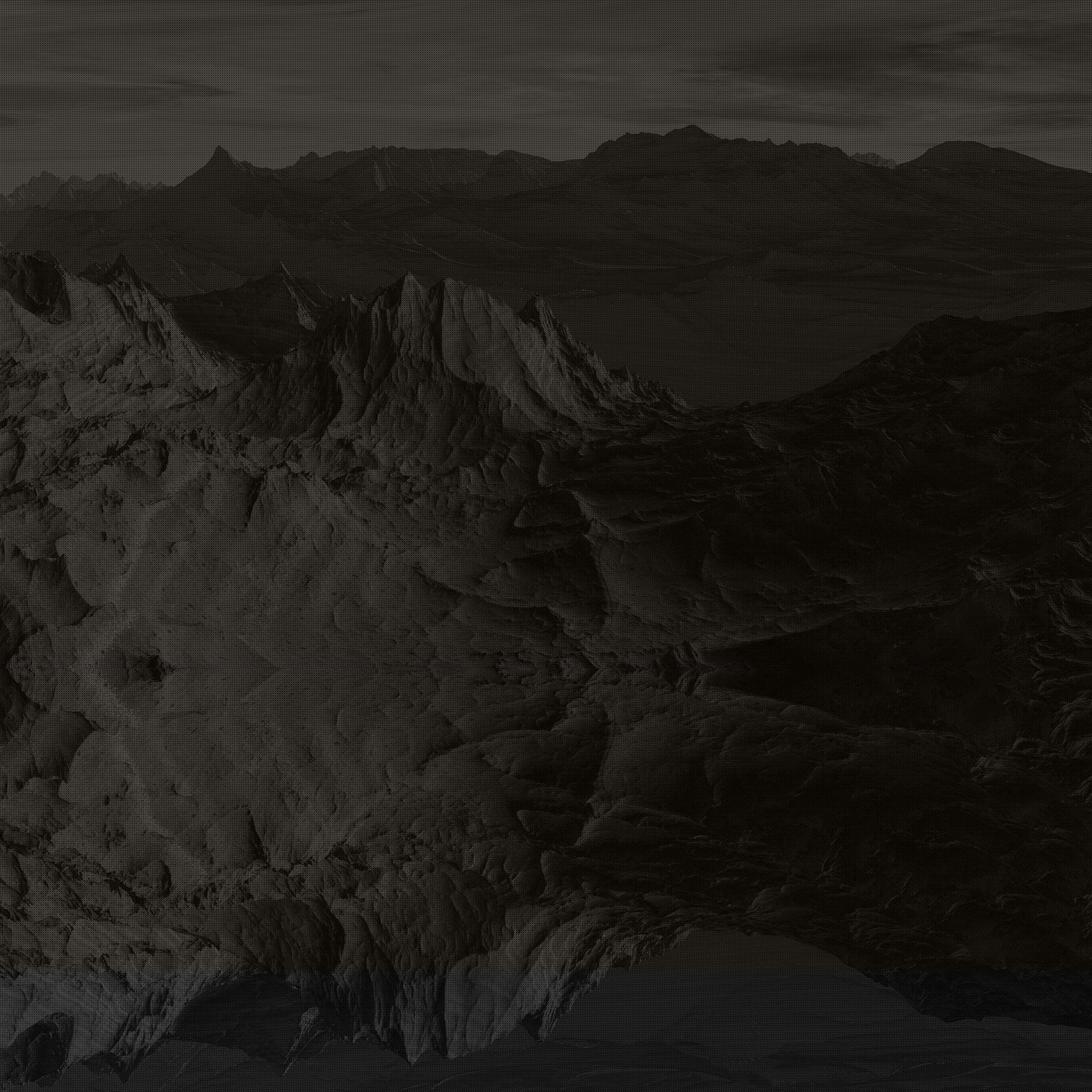Test Shoot 2
- Travis Parkes
- Jan 19, 2023
- 4 min read
When negotiating with the film students on days in which they could film my project, something I made sure to mention was a test shoot with all of the equipment that would be used on the actual production. This is so I could better get an idea on lens choices, any unforeseeable issues that may occur when filming, and to give the two students on idea on what they will be filming on the day, giving them a better ability to pull off the shots planned. Additionally I could run the footage through a quick slap comp to be completely sure that everything will go as envisioned.
The test shoot was a big help and revealed some things I had not expected to come into play when filming. Firstly I was told that the Fx6 camera would not be able to record in RAW, this is due to it only being supported on an external drive and in a very specific format which is not well supported in various software. Luckily I could resort to CineLog, which, for the types of shots I had planned on getting, is perfectly adequate.
Another unforeseen issue was the lack of equipment. Due to the fire that took place at the tech park, a large amount of the specialist equipment had been moved offsite. What this meant was, I had no clamps to hold a lens grid up and no gimbal to get smoother motion on the camera. An easy rig was available, but the test shoot also revealed that that made for shakier motion than just standard handheld.
With the moving shots having to be handheld, the 50mm lens, which I had predicted I would likely use for most of the shots, also couldn’t be used. This is because, due to the nature of the lens, any imperfections in steadiness would be exaggerated. Therefore, upon filming tests shots, I opted for the 24mm for moving shots and the 50mm for stationary shots. With one shot using the kit zoom lens, which I didn’t know would be available, so was very glad to add to the arsenal for that specific shot.
Another lens issue I was informed of was the fact that it would be very difficult to keep focus on an invisible object in one particular area. This means the lens aperture had to be very small to allow for deep focus, something I understood practically, but was not a fan of cinematically, an issue I would have to confront later.
One of the shots I tested was the long shot I had planned in the second scene. It required precise timings and specific movements in order to be pulled off correctly. After multiple attempts though, the camera operator seemed to get the hang of it, and with the shots tested that I wanted tested, and the lenses chosen, I opted to shoot the lens grid. I had to lean the grid up against a solid object, which wasn’t perfect, but with some adjustments to the camera to make sure it was parallel so the perspective of the lean wasn’t being caught, the lens grid shots seemed to be unaffected by the lack of equipment.
I only had a couple of days between the test shoot and the final shoot, so I couldn’t do particularly pretty testing on the shots, but I could push the footage to see where it would break. Something I decided to test, to combat the less than stable footage, was to try some kind of stabilisation effect. Traditionally, in most editing packages, there is some kind of stabilisation effect, but warping can be immediately very obvious, or there is a single stabilisation point resulting in artefacts. What I wanted to try was an attempt at tracking the camera, using an expression to decrease the frequency of the movement of that camera, and use that new camera to record a projection of the original footage.
Upon testing this I found it both to have less artefacts than any other stabilisation method I had used before, but it was also not completely rid of them. In addition to this, due to the lack of depth of field, I used the camera to also calculate a faux depth of field, whilst not perfect, again, in the final production footage this could be cleaned up and made for more than adequate defocusing.
Finally, I decided to give the image some kind of ‘look’ to it. First I had to convert from CineLog to Linear footage for the blacks and whites to be displayed correctly. And after that I decided to explore with the nodes, and ended up coming to a look that was reminiscent of the recent Batman film. A visual style that I found particularly pleasing due to it’s unique radial blur falloff effect. I also wanted to make this short look particularly intense and cinematic to purposely play against the story taking place, up until the robots speak, the audience should have no reason not to suspect this isn’t a serious short, by leaning into a visual language that the audience may be familiar with, I can hopefully catch them off guard.
The only other thing I found to be particularly valuable information was the difficulty I had in tracking the longer shot. There is a point where the camera turns and everything is less clear due to the motion blur, having tracking markers on the location may help to track this more difficult spot in the final footage.


Comments